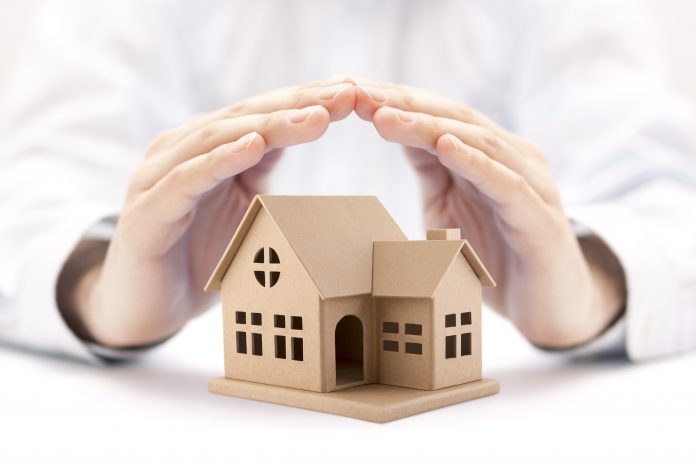Many American homeowners have homes that are underinsured. CoreLogic estimates that three out of five American homes are underinsured by an average of 20 percent. Homeowners may not be aware that their home insurance policies will not cover all of their losses and the cost of rebuilding their home in the case of fire or another catastrophic event.
If you do not have adequate insurance coverage, you may have to pay for some or all of the repair costs to your property out of pocket. You may also lose your home if you are sued and the amount exceeds your liability limits.
Here, MIG Insurance in Rockville, Maryland, lists six ways to find out whether your home is underinsured and offers suggestions that homeowners can follow in order to make sure their coverage is up to date.
1. Check Construction Costs
Construction costs have risen sharply over the past several years. In order to repair or replace your home, you will have to pay the current construction costs. This may mean that you need more money than you would receive in a sale. Be sure that you base your home’s replacement value on the cost of construction rather than the current market value of your property.
2. Get More Than the Minimum Insurance
Mortgage lenders require that homeowners take out insurance policies that cover either the mortgage balance which is unpaid or the replacement cost of the home. These policies generally start at $100,000. Insurance experts say that homeowners should carry at least $300,000 in home insurance. Cutting your monthly premium costs in the name of saving money could be a serious problem down the road.
A better way to save on insurance costs is to bundle your policy with another policy you may have, such as your auto insurance policy. Bundling insurance can save up to 20 percent on the premium without lowering the level of coverage. Because MIG works with multiple different carriers, they are able to compare rates and coverage levels for you, saving precious time and effort. This ensures that you get the best deal possible for the level of coverage you need.
3. Regularly Update Your Policy
When you make improvements to your property such as a deck, pool, trampoline, or fence, make sure that you contact your insurer to increase your level of coverage. These enhancements can make your repair or replacement costs significantly higher. In the case of installing a pool or trampoline, you will also need to make sure your liability costs are updated.
You may also need to update your policy if you have a new pet, specifically a dog. Similar to a pool, a dog in the home will require a higher level of liability insurance.
4. Update Insurance on Your Belongings
Regular updates are also necessary when purchasing home contents. If you have expensive jewelry, coins, guns, or musical instruments, these are generally covered up to $2,500. It is wise to get an insurance rider for anything that is worth more than $2,500 in replacement costs. Riders are relatively inexpensive and, in some cases, will add only a few dollars to your annual premium. It is worth it to have the peace of mind that comes from fully insuring your belongings.
It is smart to inventory all of your home possessions and take photographs. This will make the replacement process much easier in the case of a catastrophic event. Make sure that your home contents are insured based on their replacement costs, not on the initial price you paid for them.
5. Make Sure Endorsements and Exclusions Are Up to Date
Endorsements and exclusions are another important part of your homeowner’s insurance policy that you should fully understand. Endorsements provide you extra coverage, while exclusions take it away. Endorsements can include such events as sewer backup, power surges, and events that may occur within a home-based business. Some homeowners might need to add various endorsements to their policy based on their household.
Exclusions are factors that may make your home ineligible for insurance under a specific carrier. For example, some insurers will not cover you if you own a dog of a specific breed. Not all insurers discriminate based on dog breed, however, all insurers may charge more money if you have a dog. Be aware of these types of restrictions before getting a dog for your family, or before making any major changes to your home.
6. Get Flood Insurance
Even if you do not live in an area that regularly floods, it is important that you have flood insurance coverage. Unexpected weather events could cause your home to be ruined no matter where you live. Contact the federal flood insurance program and see how much it would cost to insure your home against floods. The relatively inexpensive cost can save you a great deal of trouble in the future.
Avoiding Underinsurance
MIG offers these six ways to make sure your home is adequately insured. While damages to the home are not as frequent as claims on an auto policy, it is vital to make sure that you have enough coverage to replace your home, not merely covering its current market value. Learn more at MIGtoday.org
Find a Home-Based Business to Start-Up >>> Hundreds of Business Listings.

















































